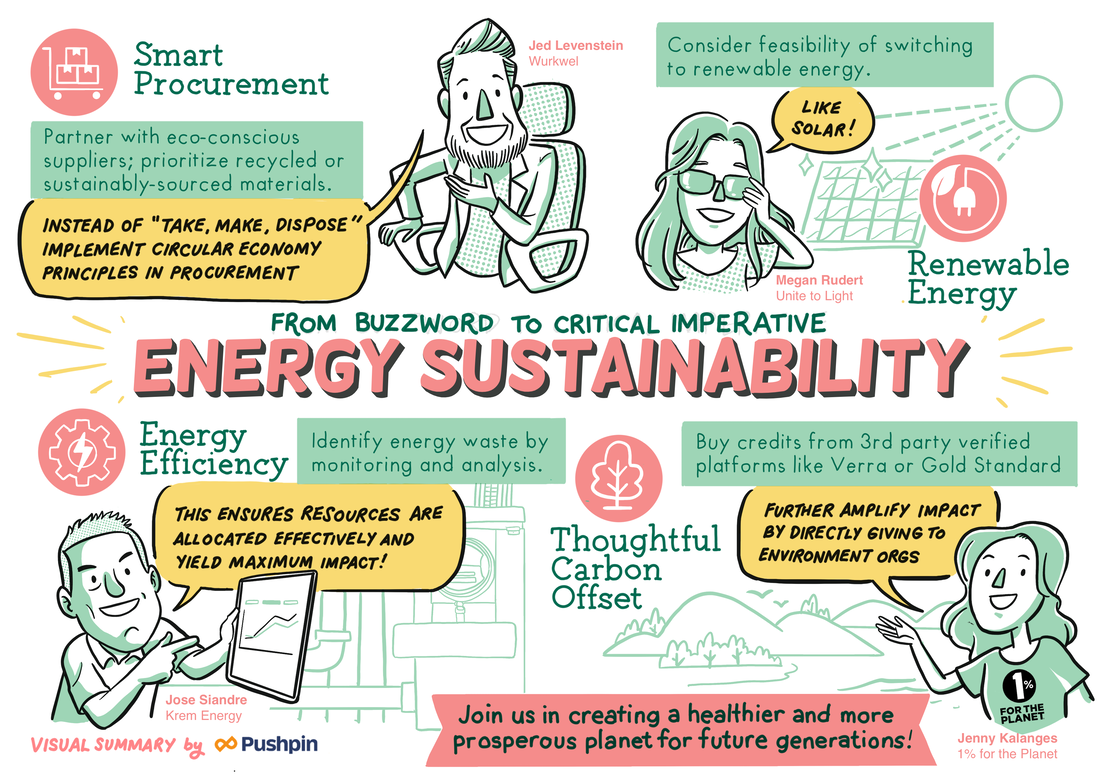
Empowering Kenyan Artisans with Safety and Opportunity
Safety and Opportunity for Kenyan Artisans This July, Unite to Light partnered with SAWA SAWA, an organization dedicated to empowering

Procurement & Waste
When a company is looking to start their environmental journey, beginning with “reduce and reuse” is an obvious first step. One area of focus should be on optimizing the lifecycle of office furniture and equipment, ensuring that each stage— from acquisition to disposal — minimizes environmental impact. “By partnering with eco-conscious suppliers and prioritizing materials that are recycled or sustainably sourced, we can ensure that the products we procure align with our mission to reduce energy use and carbon footprint,” says Jed Levenstein, Vice President of Wurkwel.

Refurbished office furniture and living decor are great ways to green any office space.
Photo by Uneebo Office Design on Unsplash
“To implement circular economy principles in the procurement processes,” Mr. Levenstein points out, “instead of following the traditional linear model of ‘take, make, dispose,’ we should strive to create a closed-loop system where resources are continually reused and recycled.” This not only conserves raw materials but also significantly reduces the energy required for production and transportation. By refurbishing and repurposing existing office furniture, we can extend the useful life of these items and divert substantial amounts of waste from landfills.
In addition to sustainable procurement, there should also be a strong emphasis on efficient waste management and a dedication to reducing waste through meticulous planning and execution of decommissioning projects. This can be accomplished by collaborating with specialized recycling and donation partners, like Wurkwel, to ensure that outdated or unneeded office items are responsibly managed, further lessening the environmental footprint.
Many businesses will also want smart energy management systems that utilize advanced technologies to monitor and control energy use in real time. These systems can automatically adjust lighting, heating, and cooling based on occupancy and usage patterns, ensuring optimal energy use and significant cost savings. This can be as simple as a smart thermostat, or a complex AI monitored system; depending on your company’s needs.

You can’t manage what you don’t measure. Use technology to understand and manage energy use.
Photo by Mika Baumeister on Unsplash
Last, don’t overlook the importance of employee engagement and training. Work with your employees to create a culture of energy efficiency. Employees should be educated on the importance of energy conservation and encouraged to adopt energy-saving practices, such as turning off lights and equipment when not in use.
In addition to remote work, businesses can promote active and environmentally sustainable transportation options like public transport, walking, biking or car-pooling to work. “Providing incentives such as subsidized transit passes or secure bike storage facilities with electric outlets for e-bikes and disincentivizing driving by charging for vehicle parking can motivate employees to opt for greener commuting methods,” recommends Heather Deutsch, Executive Director of MOVE, an organization that advocates for sustainable transportation. “Additionally, businesses can organize carpool programs that connect employees living in the same areas, making it easier and more convenient for them to share rides,” continued Ms. Deutsch. “These initiatives not only reduce energy consumption, reducing Scope 3 ESG emissions, but also foster a sense of community and shared responsibility towards environmental stewardship.”

Providing incentives for alternative transportation can benefit the business and employees.
Photo by mat comblang on Unsplash
Environmental Giving
Companies can further amplify their impact by directly donating to environmental organizations that are working to improve the planet. 1% for the Planet membership offers businesses across the globe a simple solution to drive environmental impact and build credibility with consumers. Started in 2002 by Yvon Chouinard, founder of Patagonia, and Craig Mathews, founder of Blue Ribbon Flies, 1% for the Planet makes environmental giving easy and effective through partnership advising, impact storytelling and third-party certification. To date, 1% for the Planet Business Members have given hundreds of millions of dollars to approved environmental partners — including Unite to Light — that align with their values and interests. And, through 1% for the Planet’s flexible giving model, businesses can give back in more ways than just monetary donations. From volunteer time to product and service donations, each business’ 1% commitment can look different.

Closing
The journey towards energy efficiency and sustainability is continuous, requiring ongoing evaluation and adaptation. However, the benefits — ranging from cost savings to improved corporate reputation and a healthier planet — make the effort worthwhile. As we move forward, let’s prioritize actions that reduce our energy footprint and inspire others to join us in creating a healthier and more prosperous planet for future generations.
The companies listed or referenced in this article were chosen for their expertise and commitment to improving the planet. We are all proud participants in the 1% For the Planet network — working together to support people and the planet. A big thanks to Pushpin Visuals for the graphic!

Safety and Opportunity for Kenyan Artisans This July, Unite to Light partnered with SAWA SAWA, an organization dedicated to empowering
Lighting the Path: How Unite to Light Supports the UN Sustainable Development Goals At Unite to Light, our mission is

Brighter Futures in Guatemala: Light, Water, and Community Empowerment When we stepped into Gloria Tuyuc’s home in San Juan Comalapa,